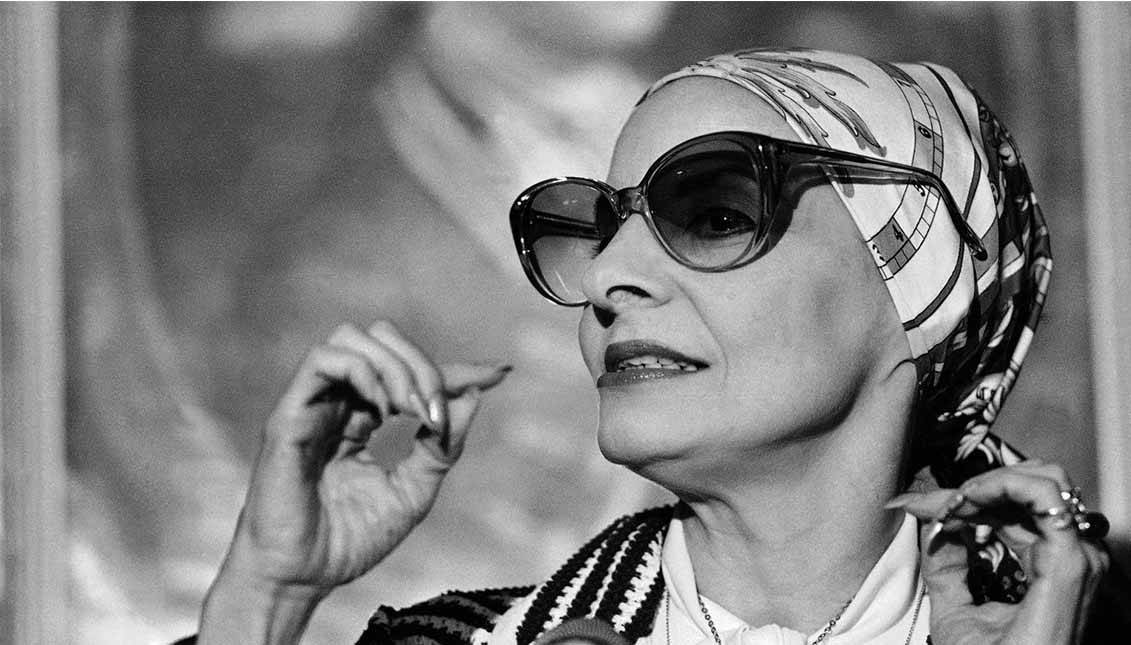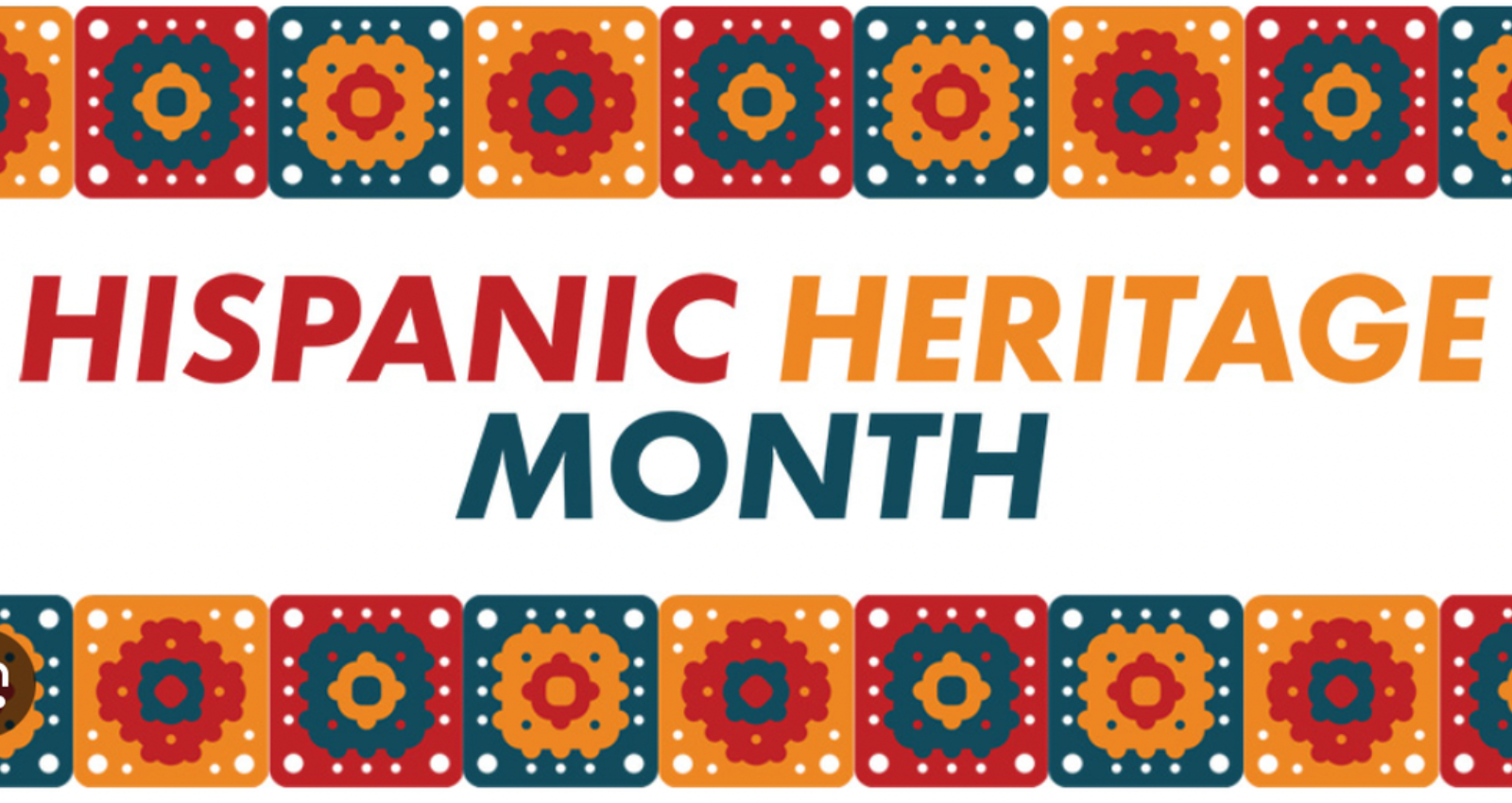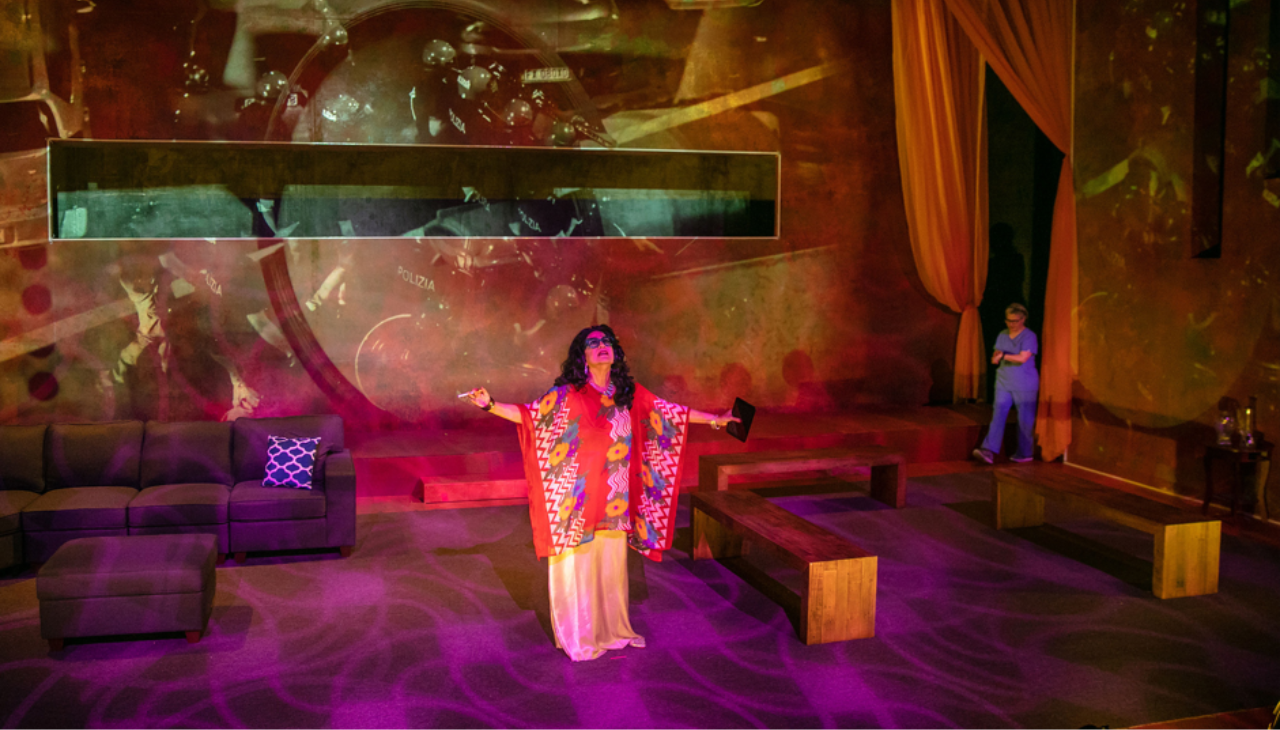
The last relevé Alicia Alonso, the soul of the National Ballet of Cuba
The Ballet legend that gave life to "Giselle," dies at 98.
She wanted to live two hundred years, and she almost did it; Ballet was her way to reaffirm life, to dance it.
The mythical dancer who made the National Ballet of Cuba one of the most prestigious in the world, died last Thursday.
She left the stage and said farewell in the Center for Surgical Research on the island that saw her dance for the first time.
Her name was Alicia Ernestina de la Caridad del Cobre Martínez del Hoyo. A name almost as long as her career.
She was born in Havana in the late 1920s, and at the age of 17, she married Fernando Alonso, whose name would accompany her through history.
Shortly after, she would start her career in Broadway musicals, taking the leap to the American Ballet Caravan (today New York City Ballet) and the Ballet Theater of New York, and working alongside performers such as Antony Tudor or Mijail Fokine.
It was December 1943 when the old Metropolitan Opera House in New York surrendered at the feet of Alicia Alonso's "Giselle."
RELATED CONTENT
She could even dance with her fingers in bed, convalescing after a double retinal detachment that doctors predicted would impede her to go back to the stage. But she did and broke the ceiling.
A few years later, she went back to her native Cuba to found together with her husband the Ballet Alicia Alonso, a dance company that would become the National Ballet of Cuba.
She even got the support of the Castro Government.
They say that on the island people made very long lines to see the company. Classical dance became a national interest; there was never a border or political conflict that prevented her from traveling all over the world.
And still in her 90s, inexhaustible, she got up every morning, as she said in countless interviews, thinking about positions and demi-plies.
Alicia Alonso marks the end of an era. The ballet continues, but this is a curtain that will not rise again.











LEAVE A COMMENT:
Join the discussion! Leave a comment.